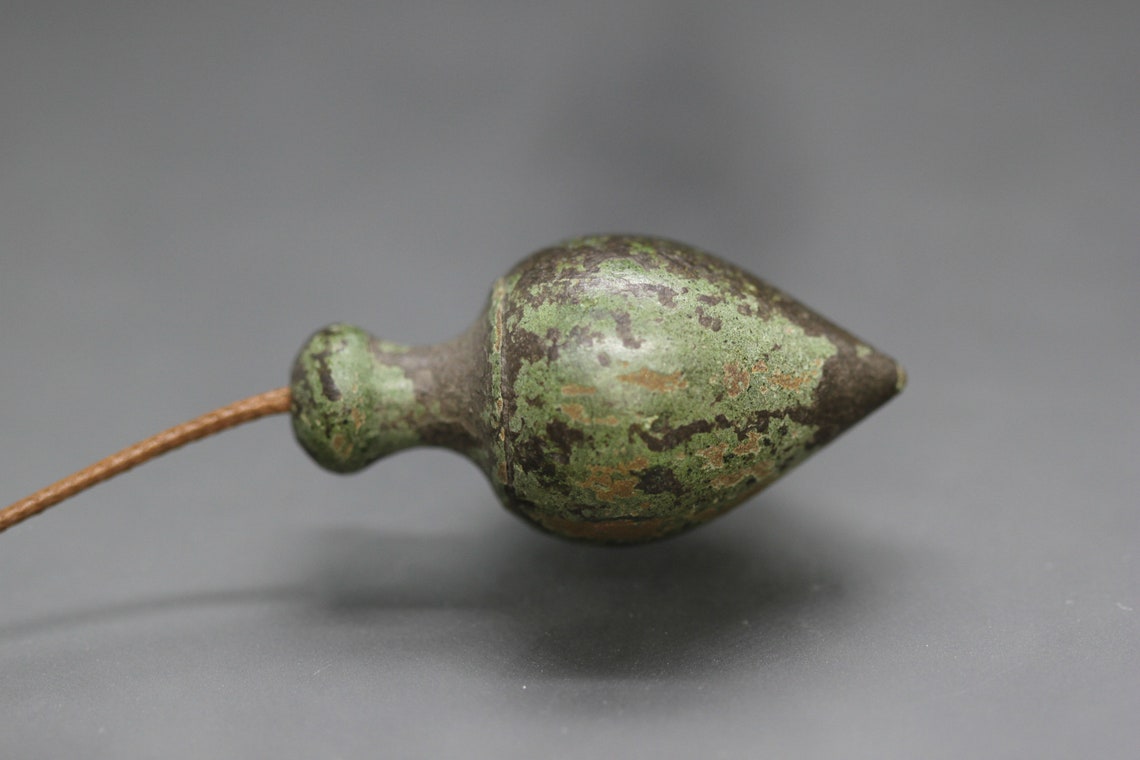

They went looking for places to settle down and enjoy their freedom. He says that some of the sagas mention Norwegians who had become unpopular with the establishment at home. Lack of inheritance: A lack of inheritable land among the sons of farmers and magnates may have motivated them to find new land to conquer.Īnton Englert adds another possible explanation: banishment.Recognition and respect: It took courage to sail out and look for new land, and this gave prestige.But some of them found land and named it – for instance Iceland and Greenland. Coincidence: The Vikings’ navigation was far from accurate, which also explains why so many of their ships ended up on the bottom of the sea.Morten Ravn, who researches into Viking ships at Copenhagen University, mentions three possible explanations to what compelled the Vikings to go looking for new land as far out to sea as they did. To maintain the course on the high seas, the Vikings could then gradually trim the sails to keep them from luffing in periods when the sky was cloudy and neither the sun nor the stars were visible.”Ĭourage and poor soil lured Vikings across the Atlantic

Your experience tells you that the rainy wind usually flows clockwise. “Your sails are filled with southern wind and rain, so that you’re sailing with the wind abeam from the board side towards the west. This helped them determine which direction to go. In humid conditions, the human nose is capable of detecting trees, plants and fire some distance from land.īeing the great seafarers that they were, the Vikings were probably great at observing weather patterns – for instance how a low pressure passed on a particular route. Smell: A seasoned mariner can smell whether or not he’s close to land.It’s likely that the Vikings have been able to determine, using only their taste buds, if fresh water flowed from land into the sea water. An experienced sailor could link the taste to other characteristics. The plumb bob also collected a tiny sample of the seabed, which the men could then taste and touch. Taste: One of the few navigation instruments the Vikings had at their disposal was a plumb bob, which they used for assessing the depth of the water.And since nearby coasts can reflect swells back, a seasoned Viking could extract a lot of information just from a sea breeze. This sensation can reveal differences between wind swells from various directions.



 0 kommentar(er)
0 kommentar(er)
